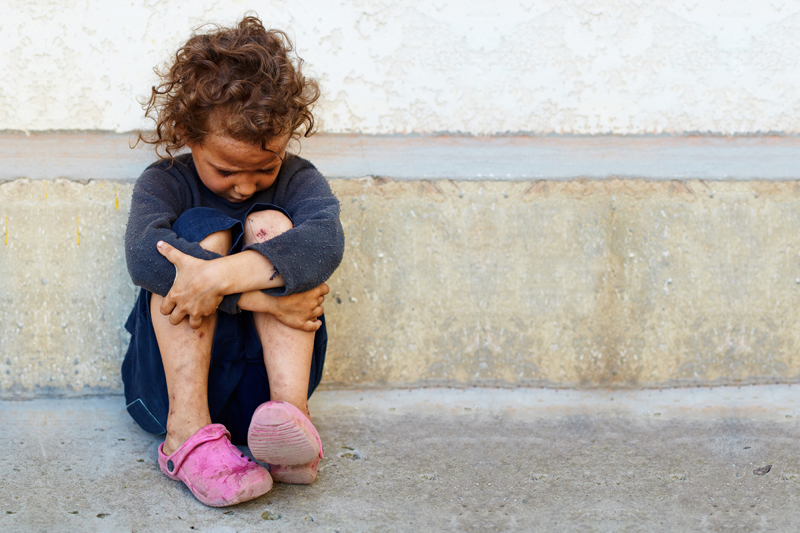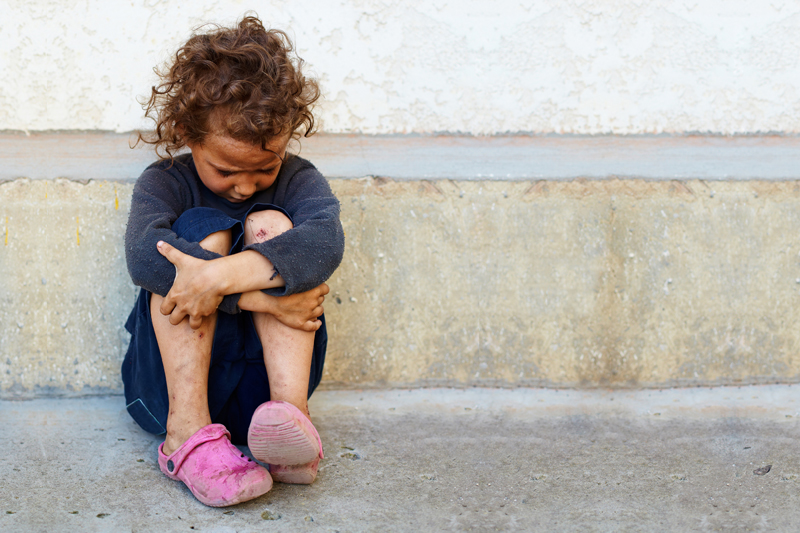If Your Child is Missing

Everyday children disappear. For a brief period of time parents, legal guardians, family members, babysitters and various care givers all across the nation can not account for a child 12 and under. Most adults will look for the child themselves rarely involving law enforcement agencies until they have exhausted all their own ideas of where their child may have gone. The adult calls other adults who may be with the child, friends of the child, looking around neighborhoods and at favorite stomping grounds or playgrounds where the child may hang out. Thankfully, the majority of children who are unaccounted for daily are found safely.
What should you do if your child goes missing? Authorities recommend parents or caregivers search the home and surrounding area briefly and if you feel your child is not there then contact authorities. Time is imperative when a child is lost, missing or abducted, and the more eyes, ears and people looking for a child the better the odds are the child will be found safely. The younger the child, the greater the danger the child is in until returned home.
Children who are under five are in greater danger of being hit by a car or falling into a pool or finding other environmental dangers if they have managed to leave the safety of a home or yard. No child should be left unattended when they are playing inside the home or outside alone. There are times that children will wander off even though all safety precautions are in place. Children are often late coming home from a friend’s home. Some children will run outside without permission. All of these are topics parents need to address individually.
If a child is missing, look in and around the home. Always look in the family and neighbor cars, especially car trunks, where children are notorious for climbing into and hiding when playing games of hide and seek or when in trouble. Car should always be locked when not in use to prevent untold tragedies and car keys locked or kept where children can not access them. For more information on preventing tragedies in and around cars please visit kidsandcars.org the link is below. Teach children about emergency trunk releases. Show children how to find the emergency car trunk release, that way should they get entrapped inside a car trunk they will know how to escape alive.
Look in trunks, boxes, washers, dryers, old refrigerators, or any other place a child might hide and become entrapped within the home. Check under beds, and in closets. Yet do this quickly and loudly. By loudly I am referring to calling a child’s name and then listening for an answer or a knock, or other possible sound a child maybe trying to signal to you if they are trapped. After a brief search if the child has not been located, call 911, and report your child missing. You can continue to look after you have alerted authorities that you cannot find your child.
The authorities will need some specific information from you:
• Full name and any nicknames he or she uses
• Child’s age and date of birth
• The most recent picture of your child [full face is best]
• What your child was wearing
• Last known location
• Any known medical conditions or medications your child takes
The best tool for any parent to have on hand if a child is missing is a recent clear picture that shows your child’s full face and hair color. When looking for a child it is imperative for searchers to have a visual picture of who they are looking for at the time they are searching. This scenario would be the same for parents who are out at a public place except that the first person to notify of a missing or lost child is an employee who should be instructed to initiate the Code Adam protocol. For more information on Code Adam please read my Code Adam article the link is below.
Never continue to search for a child under twelve for more than 5 minutes without considering involving the authorities. Any law enforcement officer will tell you they would rather be called and have a child found safe, then have a parent wait and lose valuable time and have a tragic outcome. Until next time, may the angels keep your little ones and big ones safe in the arms of love.
What should you do if your child goes missing? Authorities recommend parents or caregivers search the home and surrounding area briefly and if you feel your child is not there then contact authorities. Time is imperative when a child is lost, missing or abducted, and the more eyes, ears and people looking for a child the better the odds are the child will be found safely. The younger the child, the greater the danger the child is in until returned home.
Children who are under five are in greater danger of being hit by a car or falling into a pool or finding other environmental dangers if they have managed to leave the safety of a home or yard. No child should be left unattended when they are playing inside the home or outside alone. There are times that children will wander off even though all safety precautions are in place. Children are often late coming home from a friend’s home. Some children will run outside without permission. All of these are topics parents need to address individually.
If a child is missing, look in and around the home. Always look in the family and neighbor cars, especially car trunks, where children are notorious for climbing into and hiding when playing games of hide and seek or when in trouble. Car should always be locked when not in use to prevent untold tragedies and car keys locked or kept where children can not access them. For more information on preventing tragedies in and around cars please visit kidsandcars.org the link is below. Teach children about emergency trunk releases. Show children how to find the emergency car trunk release, that way should they get entrapped inside a car trunk they will know how to escape alive.
Look in trunks, boxes, washers, dryers, old refrigerators, or any other place a child might hide and become entrapped within the home. Check under beds, and in closets. Yet do this quickly and loudly. By loudly I am referring to calling a child’s name and then listening for an answer or a knock, or other possible sound a child maybe trying to signal to you if they are trapped. After a brief search if the child has not been located, call 911, and report your child missing. You can continue to look after you have alerted authorities that you cannot find your child.
The authorities will need some specific information from you:
• Full name and any nicknames he or she uses
• Child’s age and date of birth
• The most recent picture of your child [full face is best]
• What your child was wearing
• Last known location
• Any known medical conditions or medications your child takes
The best tool for any parent to have on hand if a child is missing is a recent clear picture that shows your child’s full face and hair color. When looking for a child it is imperative for searchers to have a visual picture of who they are looking for at the time they are searching. This scenario would be the same for parents who are out at a public place except that the first person to notify of a missing or lost child is an employee who should be instructed to initiate the Code Adam protocol. For more information on Code Adam please read my Code Adam article the link is below.
Never continue to search for a child under twelve for more than 5 minutes without considering involving the authorities. Any law enforcement officer will tell you they would rather be called and have a child found safe, then have a parent wait and lose valuable time and have a tragic outcome. Until next time, may the angels keep your little ones and big ones safe in the arms of love.
You Should Also Read:
Code Adam
Kids and Cars

Related Articles
Editor's Picks Articles
Top Ten Articles
Previous Features
Site Map
Content copyright © 2023 by Erika Lyn Smith. All rights reserved.
This content was written by Erika Lyn Smith. If you wish to use this content in any manner, you need written permission. Contact Erika Lyn Smith for details.



